When it comes to enhancing vision in low light or total darkness, two of the most widely used technologies are night vision devices (NVDs) and thermal imagers. These two systems are critical in various applications such as military operations, hunting, surveillance, search and rescue missions, and law enforcement. While both are designed to help you see in the dark, the way they function and the scenarios they are most effective in vary significantly.
Thermal Imagers
Thermal imagers do not rely on ambient light, they detect infrared radiation emitted by objects and convert it into electronic signals. These signals are then processed to form an image that displays the temperature differences between objects. Hotter objects appear brighter, while cooler objects appear darker. Thermal imagers are unaffected by lighting conditions, making them particularly useful in complete darkness or harsh weather conditions.
Night Vision Devices
Night Vision Devices (NVDs) are optical systems designed to amplify ambient light, whether it comes from the moon, stars, or artificial sources. By collecting and enhancing this available light, NVDs create a brighter image, allowing users to see in environments where normal vision would be severely limited.
Which Is Better?
Whether night vision or thermal imaging is better depends entirely on your intended use case and situation:
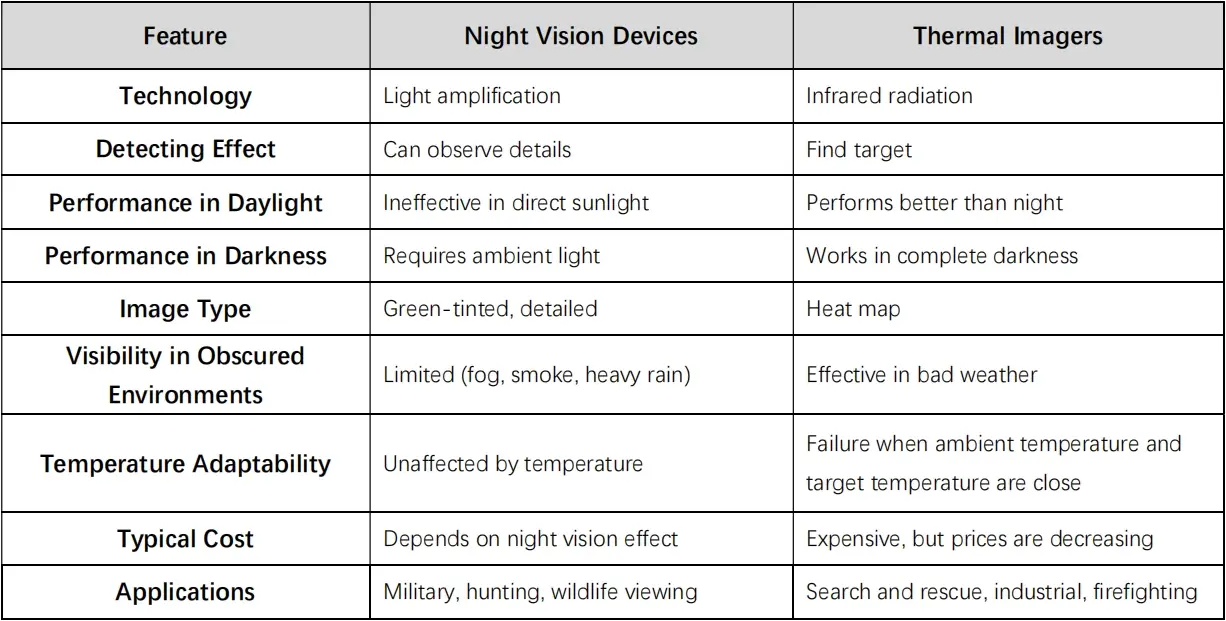
Since both devices have their own advantages and disadvantages, one of the ideal solutions for many hunters, law enforcement officers, and tactical users is to combine them in one system, the result is a powerful tool with the following characteristics:
- Multi-Spectral Capability: The system utilizes both visible light (through night vision) and infrared radiation (through thermal imaging), providing a broad spectrum of detection.
- Enhanced Target Detection: Thermal imaging excels at detecting heat signatures, which can reveal objects or individuals hidden behind obstacles like foliage, while night vision captures detailed visual information in low-light environments. Together, they improve target identification, even when obscured.
- Versatility in Challenging Conditions: While night vision may struggle in fog, smoke, or rain, thermal imaging remains unaffected. Combining the two technologies ensures that the system performs well regardless of environmental factors.
- Increased Range and Clarity: The combination of night vision’s ability to amplify ambient light and thermal imaging’s detection of heat sources allows users to detect, recognize, and identify objects or people at greater distances, with better clarity.
- Better Contrast: Night vision provides sharp visual details of objects based on light, while thermal imaging highlights temperature differences. This creates a more detailed and contrasted image, enabling users to distinguish between objects more effectively.
Fusion systems of thermal and night vision are widely used to offer great advantages for night-time movements, especially the clip-on devices are gaining popularity, since clipping the devices on daytime optics and NVGs is very simple and fast.
What is a Thermal Clip-on?
Thermal clip-on devices can add a thermal overlay to the NVD scene without modification of existing hardware. It can be used in extreme low-light, no-light, or other harsh conditions (rain, fog, haze, etc.), to improve situational awareness and increase threat detection.
Thermal clip-on imagers usually provide various image modes, such as full thermal, highlight, and outline. Other key features of thermal clip-ons often include:
- Clip-On Design: The device clips onto existing optics or NVGs, meaning users don’t need to remove or re-zero their day equipment when transitioning to thermal vision.
- Compatibility: Designed to work with a variety of day scopes, the clip-on is versatile for different weapons and optics setups.
- Quick Deployment: It enables fast transitions between normal and thermal modes, which is crucial in dynamic situations such as military operations or hunting scenarios.
- Lightweight and Rugged: Built to withstand harsh field conditions, it’s usually lightweight and durable, making it easy to carry and handle in combat or tactical operations.
What We Offer
The RIX Tactical uses state-of-the-art technology to design our thermal clip-on systems. The RENV-C is a lightweight, convenient, easy-to-use infrared thermal clip-on device with a 275m recognition distance. It can be swiftly integrated with night vision goggles to provide fused images, and offers multiple imaging modes to accommodate various scenarios and user needs. RENV-C also features:
- Bluetooth Remote Control
- GPS Positioning System & Digital Magnetic Compass
- Quick disassembly, requires no calibration for straightforward use
- Lightweight: only 2.12oz
- Five-year warranty
RENV-C can be mounted externally using a 36.5mm-37.5mm bracket, compatible with RIX Tactical RNV14/31/31S, PVS7/14/31, and any housing that accepts Carson objective lens.
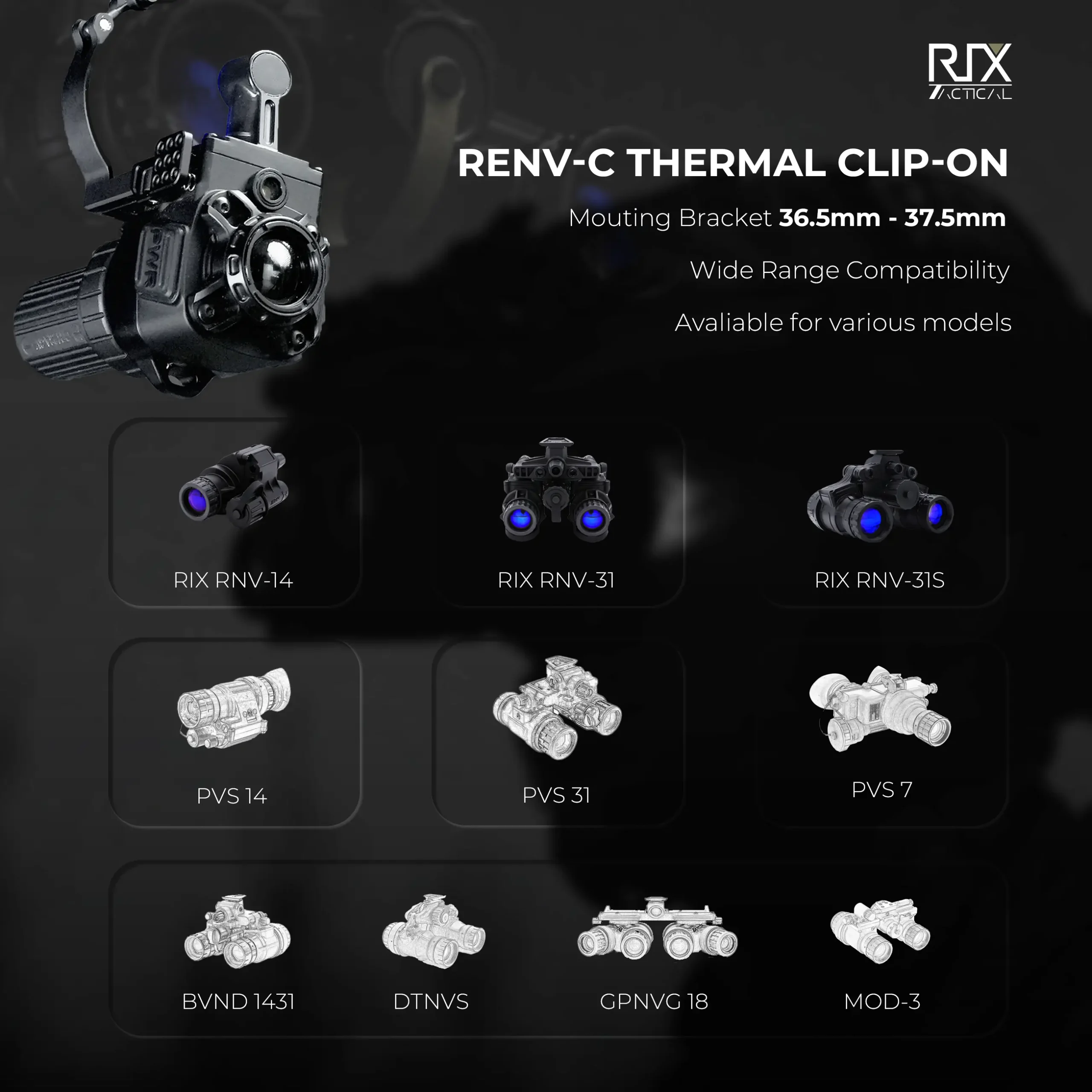
Final Words
In the world of low-light and night-time operations, both night vision and thermal imaging play crucial roles. Each technology has its strengths, and understanding these can help you make the best choice based on your specific needs.
However, for those seeking the best of both worlds, RIX Tactical’s RENV-C thermal clip-on device offers an unparalleled advantage. By combining cutting-edge thermal imaging into your night vision setup, the RENV-C enhances your ability to detect and identify targets in complex conditions. Whether for tactical operations, hunting, or surveillance, RIX Tactical ensures you’re equipped with the most advanced tools to dominate the night.

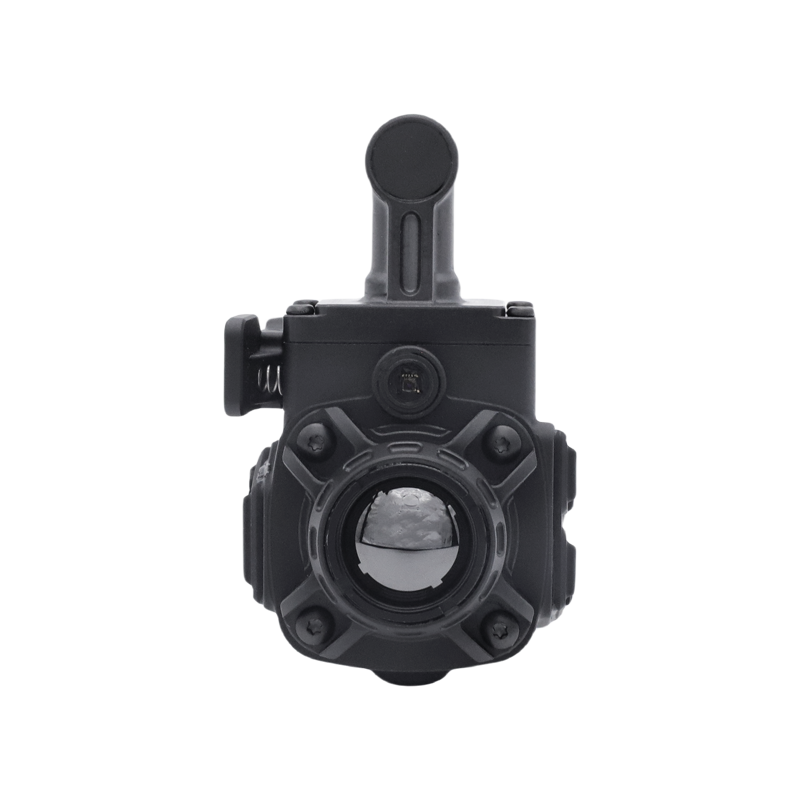
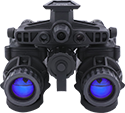
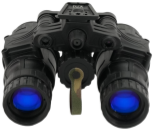

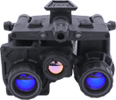
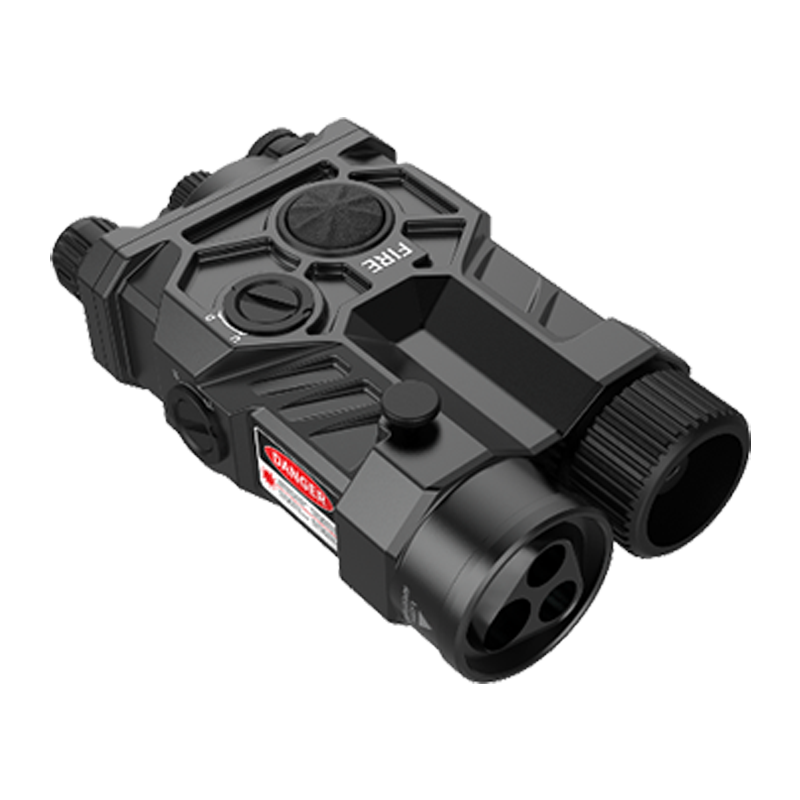
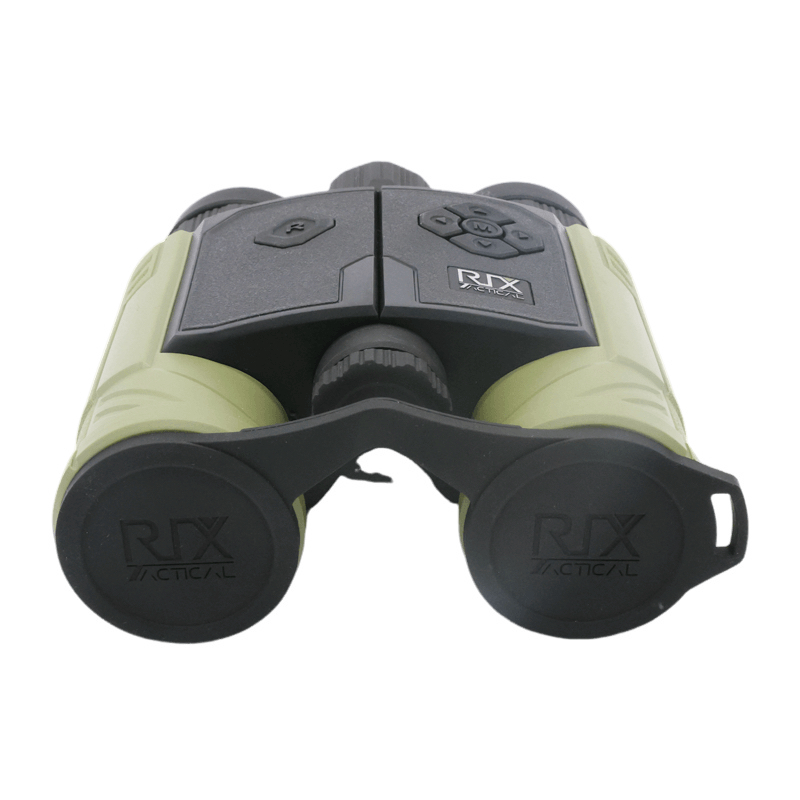
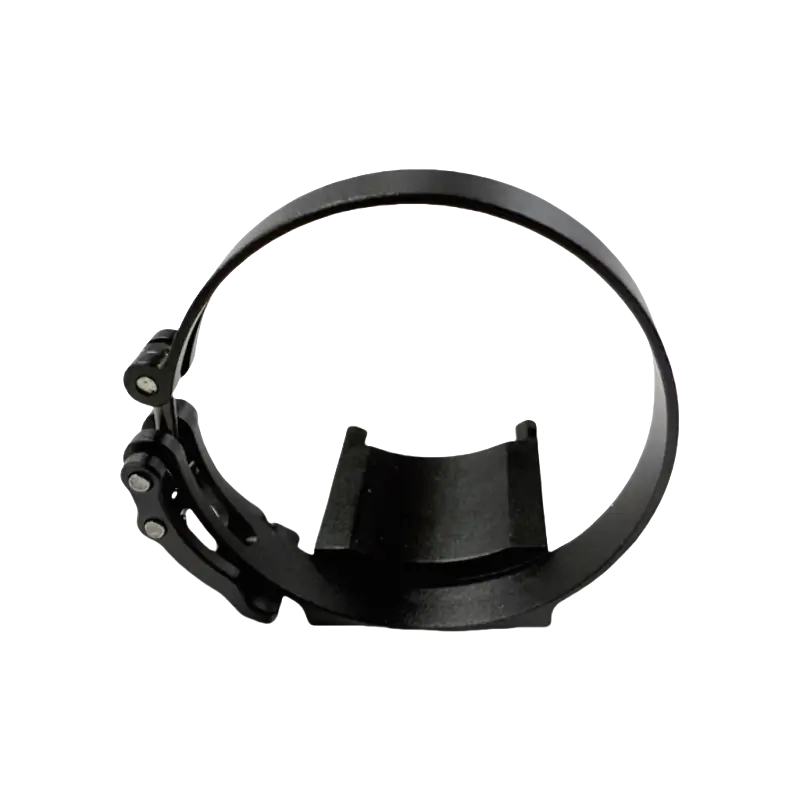
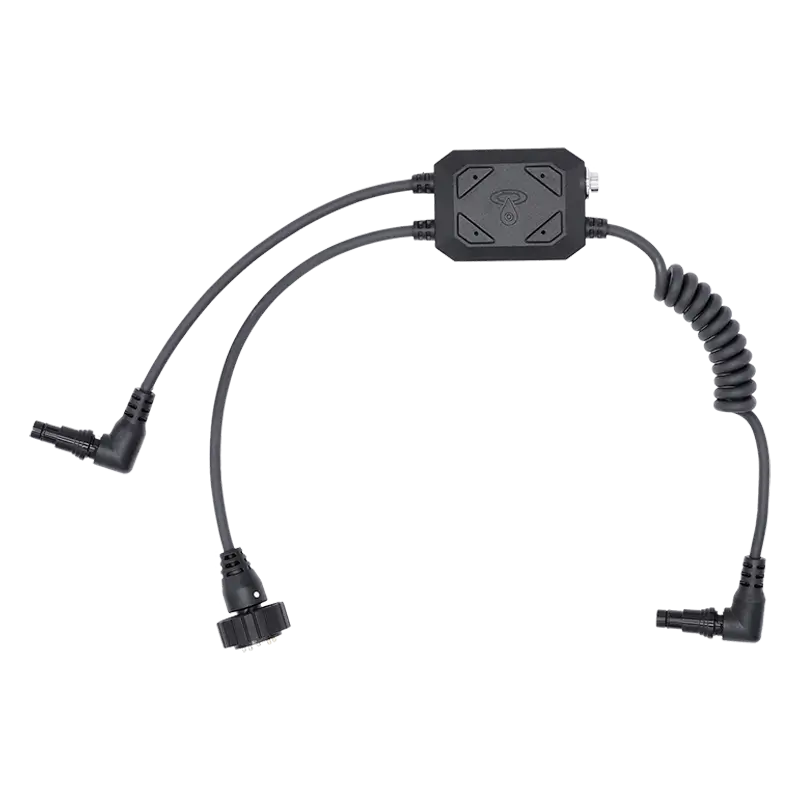
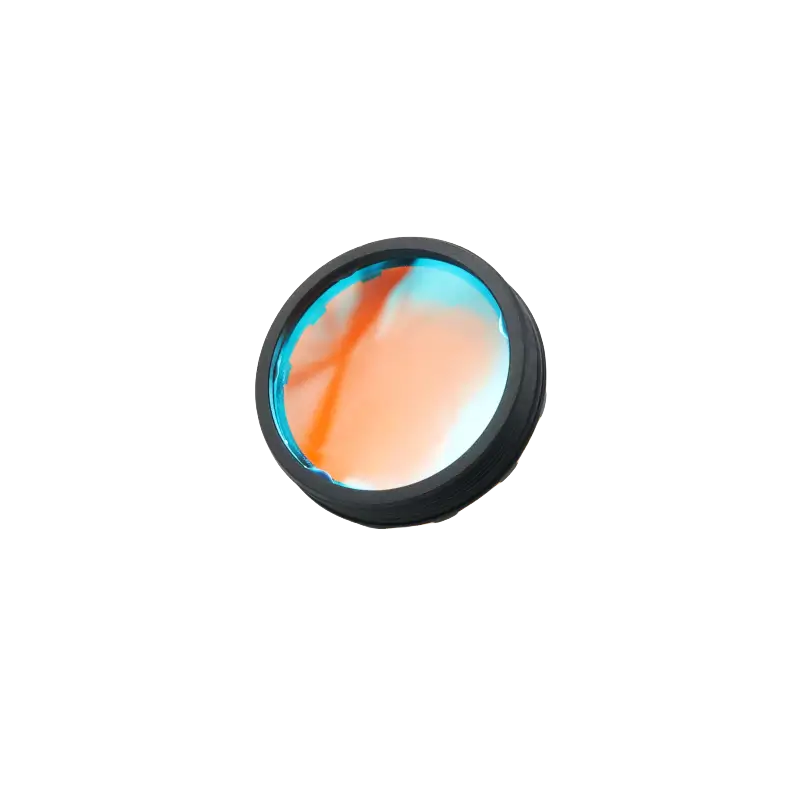
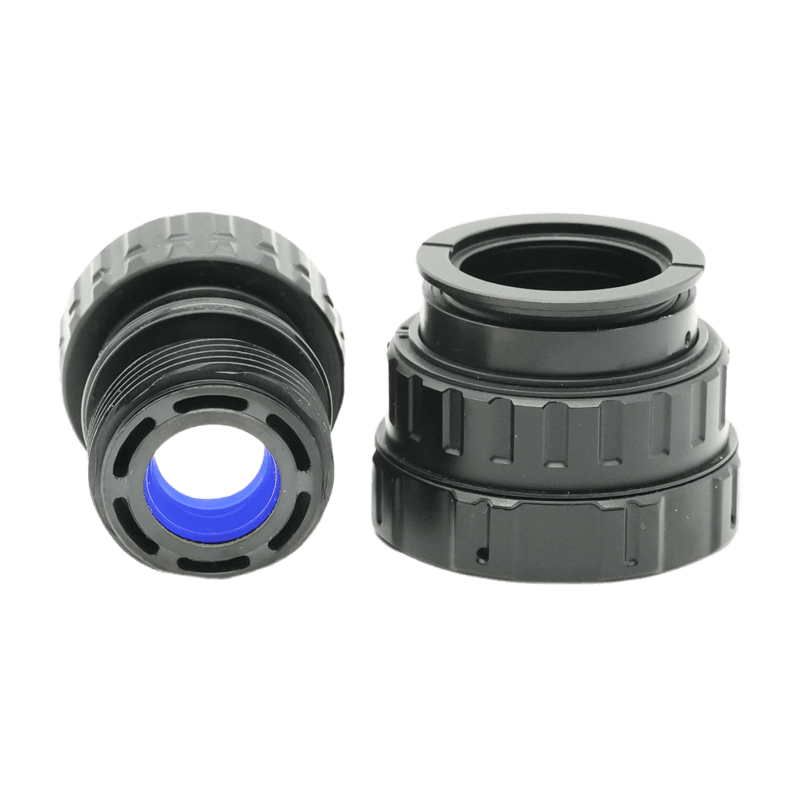
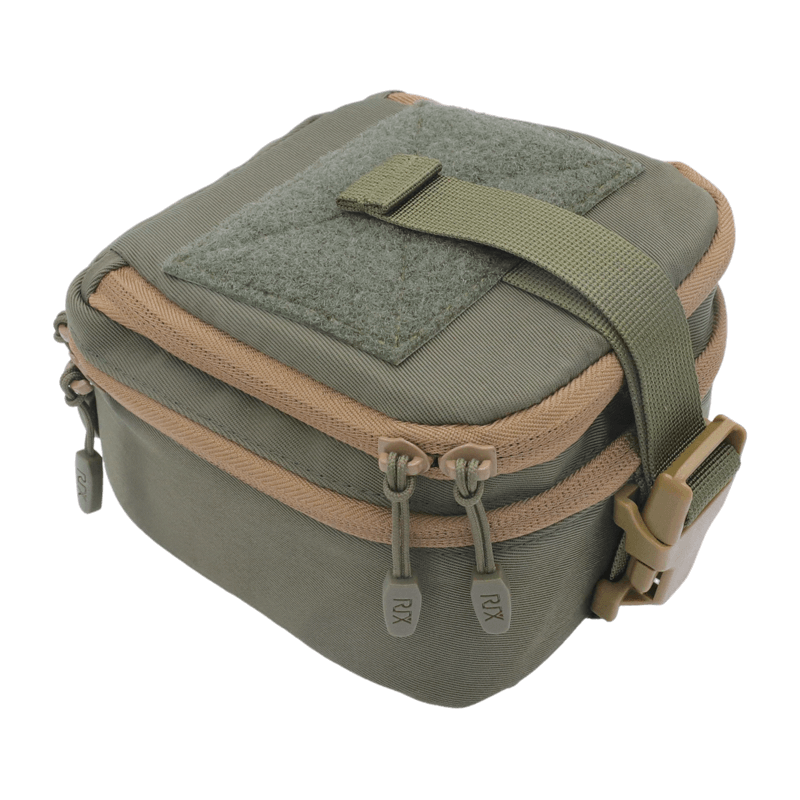
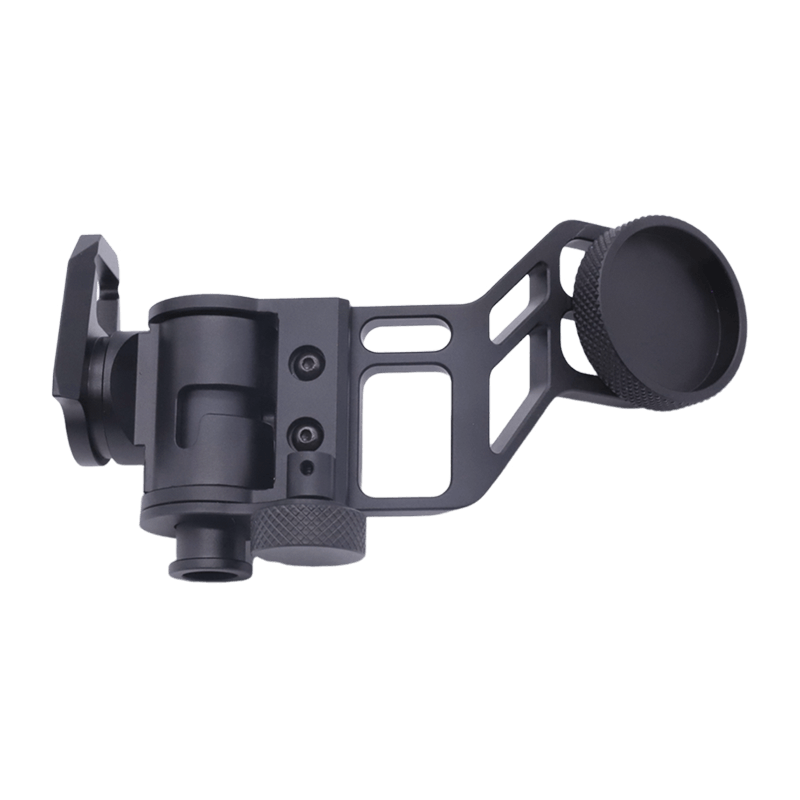
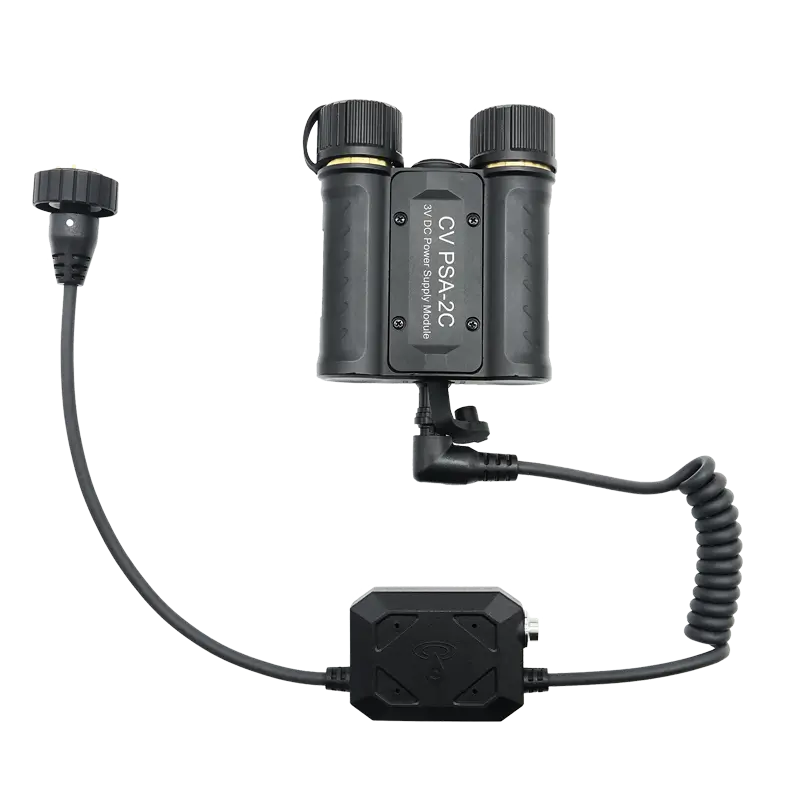
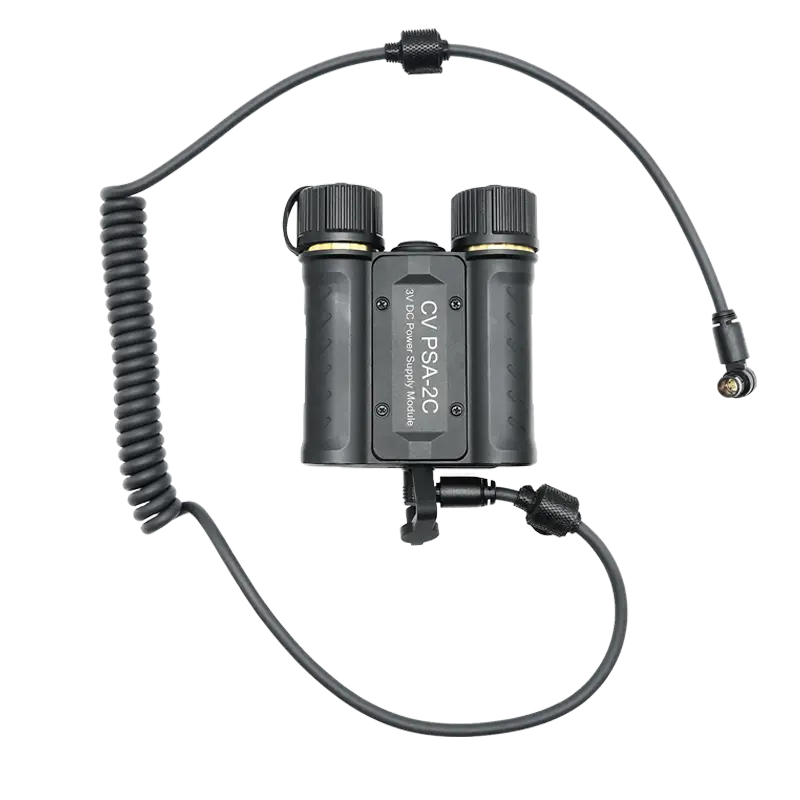
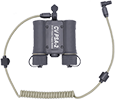

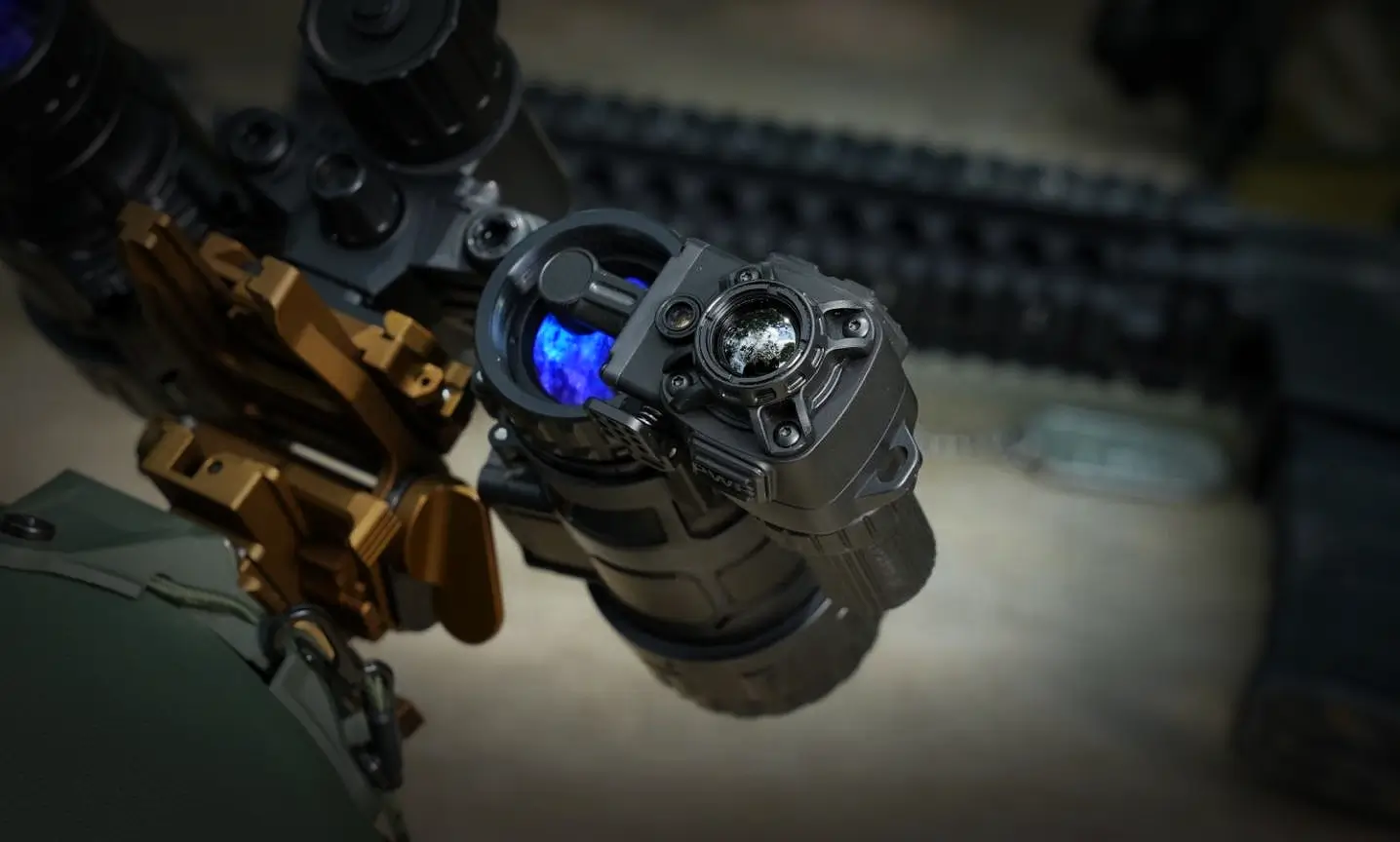
Comments